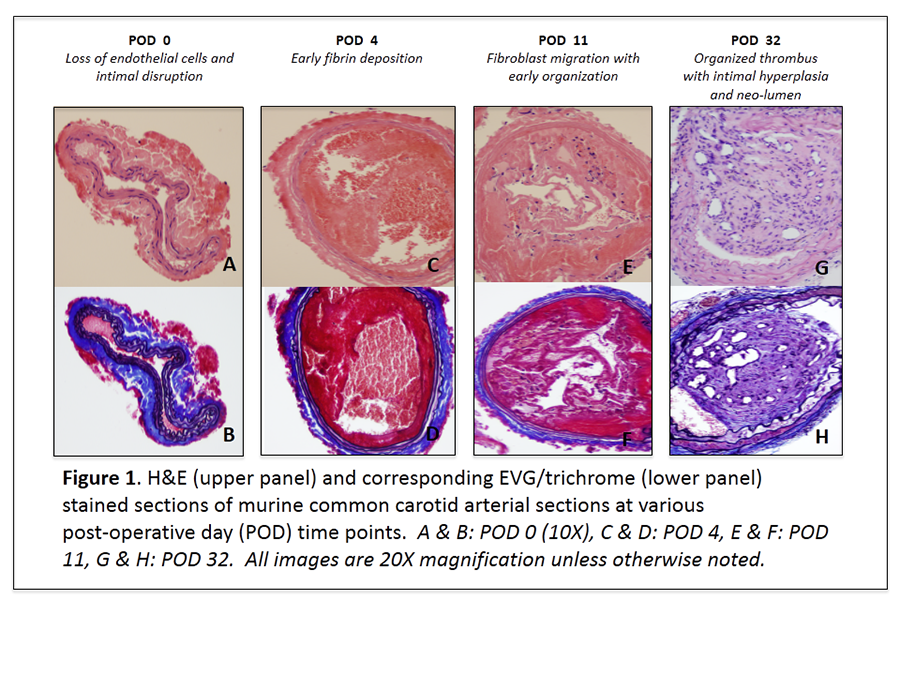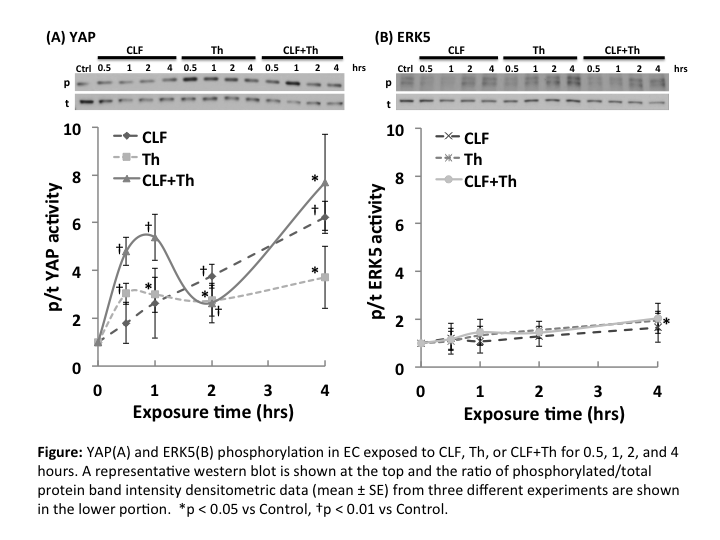W. W. King1, A. Longchamp1, M. Tao1, R. Kulkarni1, J. R. Mitchell2, C. K. Ozaki1, G. Sharma1 1Brigham And Women’s Hospital,Vascular And Endovascular Surgery,Boston, MA, USA 2Harvard School Of Public Health,Department Of Genetics And Complex Diseases,Boston, MA, USA
Introduction: Hydrogen sulfide (H2S) is a vasoactive gasotransmitter that is endogenously produced in the vasculature. In animal models, H2S is required for the maintenance of normal vascular function and protects from surgical stress including visceral and muscular ischemia-reperfusion injury, cardiac overload, and stroke. However, data regarding H2S biology in humans remains sparse. We hypothesized that there are specific clinical factors and circulating biomarkers that link with H2S generative capacity.
Methods: After obtaining institutional review board approval, we prospectively collected demographic information, clinical history, peripheral blood, and subcutaneous and perivascular adipose tissues from consented patients undergoing carotid endarterectomy (CEA), major leg amputation (AMP), or open lower extremity (arterial) revascularization (LER). Standard laboratory data were extracted from the medical record. Nine adipose-associated biologic mediators (adiponectin, IL-1β , IL-6, IL-8, leptin, MCP-1, PAI-1, resistin, and TNF) were assayed in the adipose tissues and plasma. In addition, serum H2S production capacity was determined utilizing the lead sulfide method. For categorical clinical and demographic characteristics, the continuous H2S and mediator data were analyzed using either Wilcoxon rank-sum or Student’s t-test, while for continuous clinical and demographic variables, adipose mediators, and H2S Pearson or Spearman correlation testing was utilized depending upon the normality of distribution.
Results: The cohort included 78 patients (49 CEA, 12 AMP, 17 LER). While several weak associations were identified between adipose related mediators and H2S production potential, the most powerful association among the variety of factors examined was total serum cholesterol: regression analysis revealed a negative correlation between total cholesterol and H2S (r=-0.53, p=<0.001) (Figure 1).
Conclusions: In human patients with vascular disease, there is a strong negative correlation between total serum cholesterol and H2S generative capacity. This unexpected relationship likely holds important mechanistic implications for the genesis and management of arterial vascular disease.








